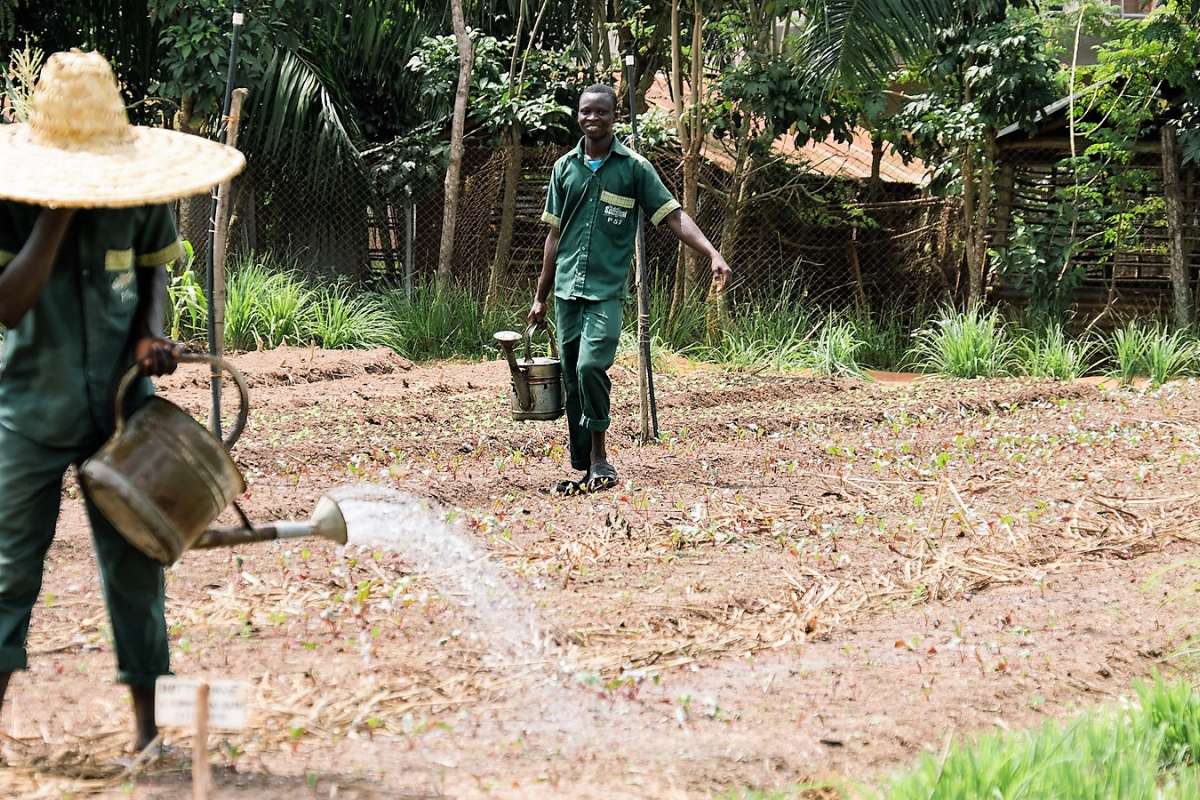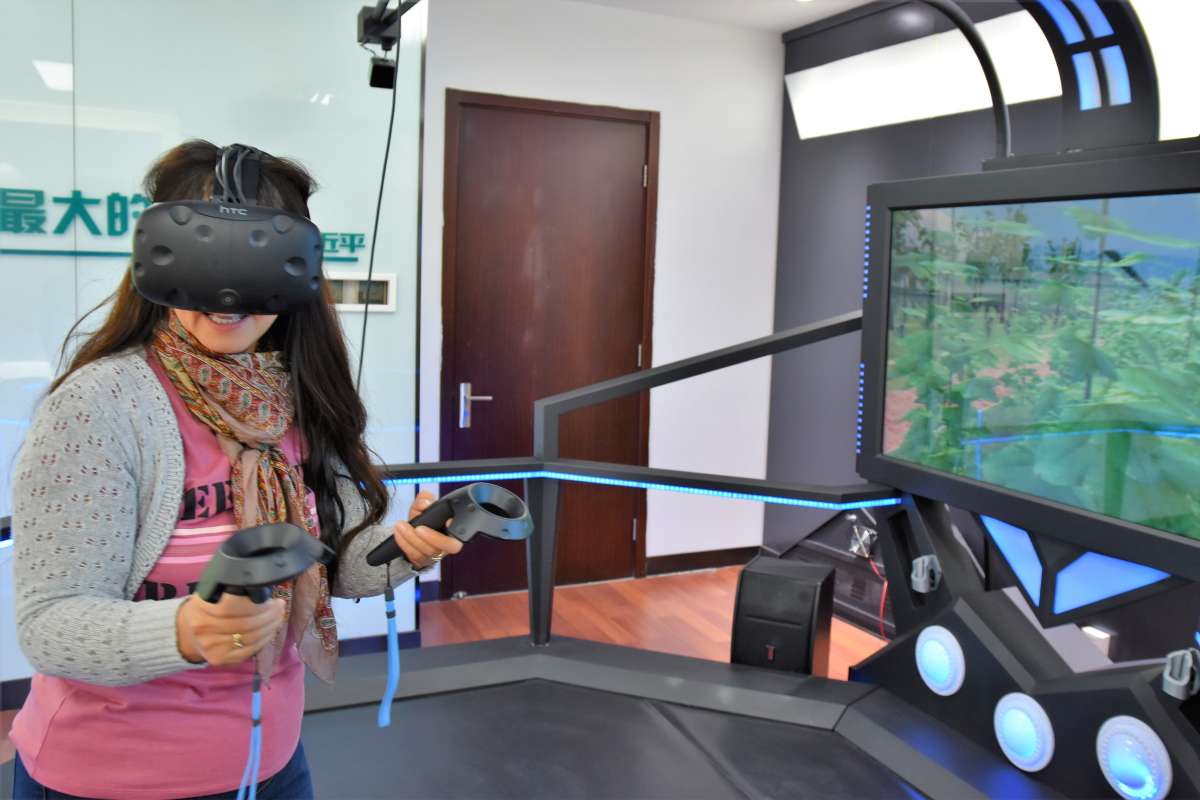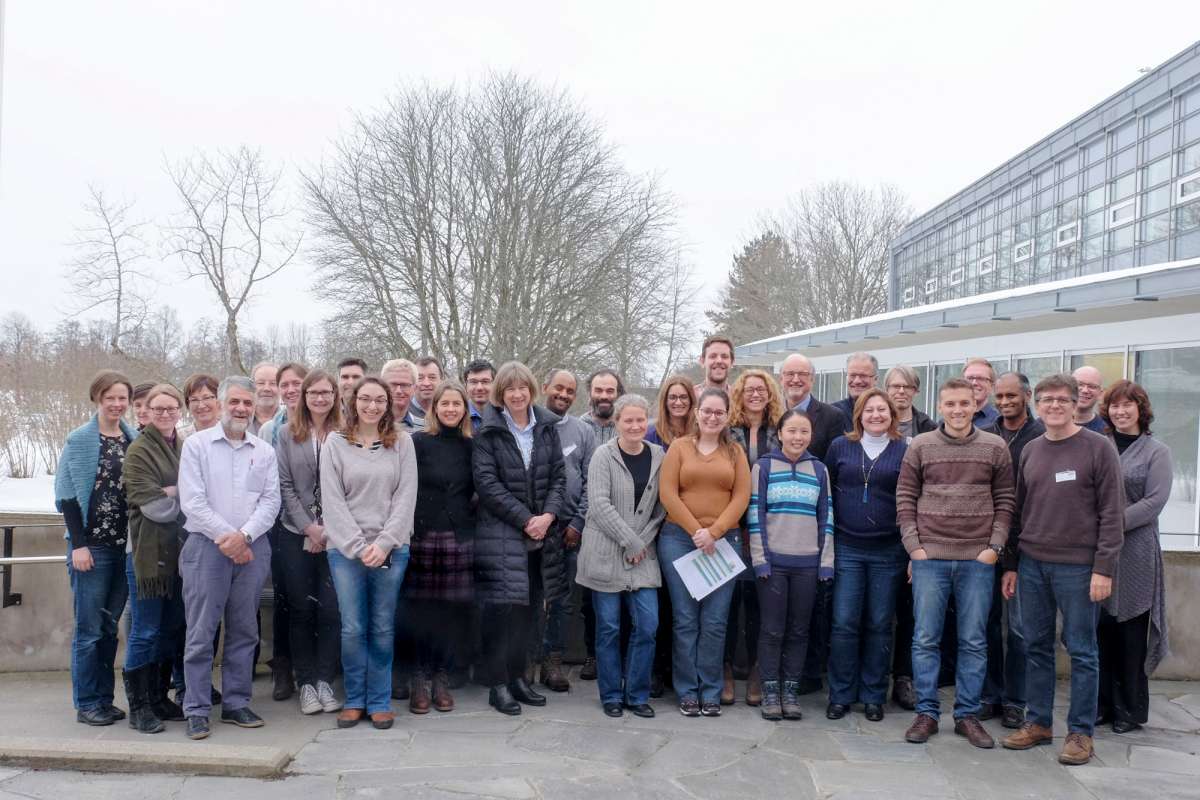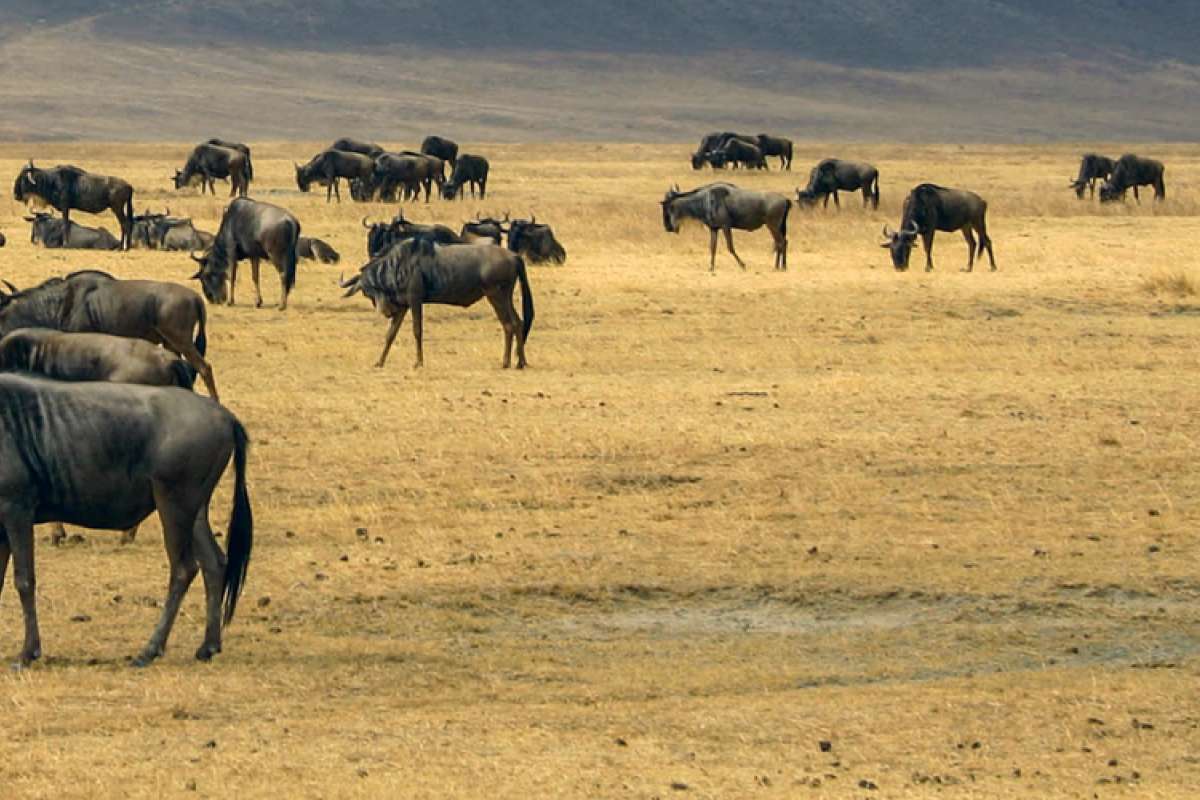Sharing knowledge: VIPS on exclusive UN list for open source digital goods
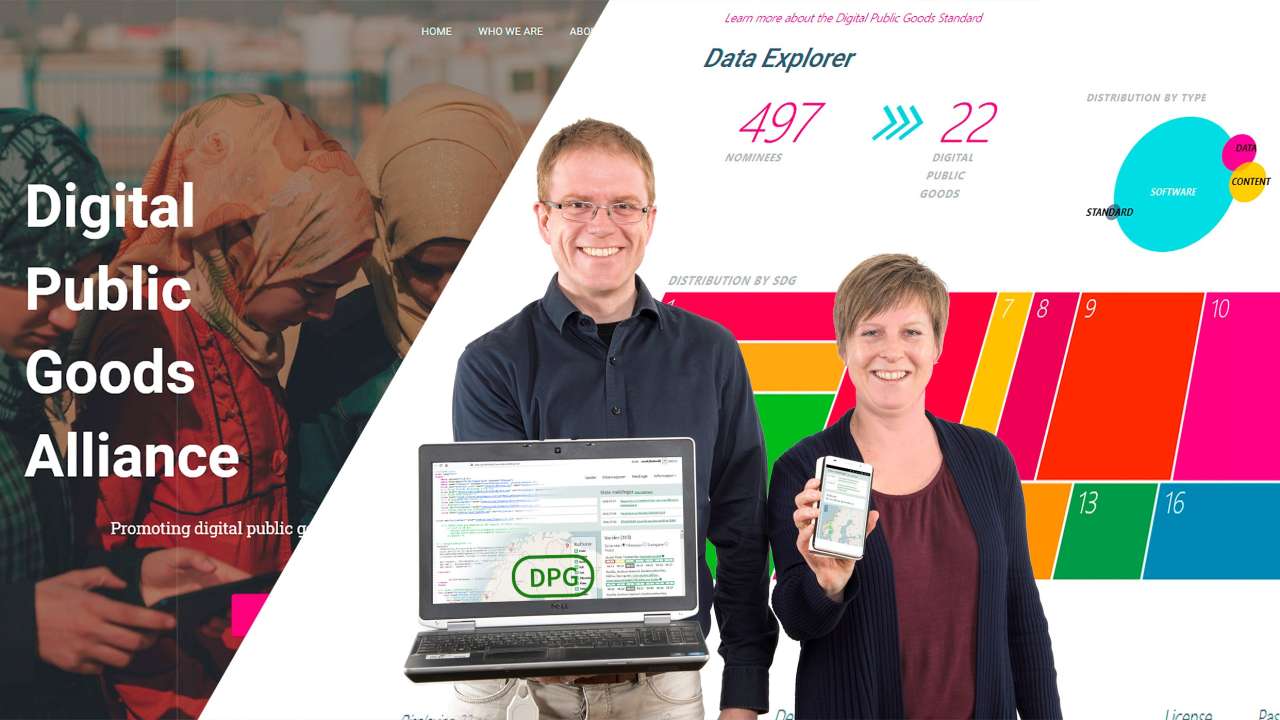
Tor-Einar Skog, senior adviser at NIBIO and scientist Berit Nordskog are proud that VIPS is used internationally and appreciated by the United Nations. Illustration: Erling Fløistad
NIBIO’s VIPS pest prediction platform has been chosen from almost 500 nominees to be on an exclusive list of currently 22 innovative openly licensed technologies. Sharing digital innovation is crucial to building a more equitable world and reaching the Sustainable Development Goals according to the UN.
A new international initiative the Digital Public Goods Alliance (DPGA), endorsed by the UN, aims to accelerate attainment of the UN Sustainable Development Goals (SDGs) in low- and middle-income countries by investing and sharing openly licensed technologies. This includes open source software, data, AI models, standards and content that adhere to privacy and other applicable best practices.
VIPS, an open online free of charge forecast and information service for decision support in integrated management of pests, diseases and weeds - created by the Norwegian Institute of Bioeconomy Research, NIBIO, is one of 22 technologies chosen from almost 500 nominees for the registry. The MET Norway Weather API also made the list from Norway.
“One stop shop” for digital goods
The Digital Public Goods Alliance (DPGA) consists of partners and stakeholders from different sectors that contribute to the discovery, development and deployment of digital public goods, and the software, data, content and algorithms that drive them.
Many types of digital technologies and content – from data to apps, data visualisation tools to educational curricula – could accelerate achievement of the SDGs. When they are freely and openly available, with minimal restrictions on how they can be distributed, adapted and reused, we can think of them as “digital public goods”. In economics, a “public good” is something which anyone can use without charge and without preventing others from using it.
The alliance is responsible for identifying and sourcing free, openly available solutions through the creation of a shared standard for DPGs as well as a fair, open registry that will help increase access to such solutions.
"The idea is that is that it will serve as a one-stop-shop for digital public goods, provide information and make digital solutions more easily available to people," says Tor-Einar Skog, senior adviser at NIBIO.
"VIPS has been a digital public good long before the term was coined by the UN – it has been running as an open source public good for 5 years. We have also offered the software into projects to collaborating partners on plant health across the world, such as for example in a project with the FAO on measures to combat the Fall Armyworm."
"When we got the nomination, it was a slam dunk. We qualified with no adaptions needed," he says.
Can save time and resources
By using VIPS as the common technological platform, researchers and developers can, according to Skog, save time and resources when developing and implementing pest prediction models:
"Data from most online weather stations, public weather data networks and weather forecasts can be used, allowing pest and disease models to be tested and validated under local conditions, with multiple sources of input data. Observations of pests and diseases can be easily registered and reported using online maps," he explains.
"For now, the DPG registry is just a list. But it means that people who need it can find it. I do believe they will make process easier through connecting users and providers," Skog points out.
Weather data is crucial
In Norway, the VIPS-web is available at www.vips-landbruk.no. This web service is developed and managed in collaboration with the Norwegian Agricultural Extension Service (NLR), with funding from the Norwegian Ministry of Food and Agriculture.
It can alert the producers about diseases, pests and weeds in important agricultural and horticultural crops in Norway.
"It provides easy access to information needed by advisors and growers to assess the need for plant protection measures at an early stage," says Skog.
However, different countries and areas have different pests and weather conditions
VIPS has been and is currently part of several projects in Africa and India. The NIBIO senior adviser says this will hopefully result in more pest prediction models for the Southern Hemisphere.
"Even though VIPS is not “plug and play” software; it is an advanced system, it is relatively easy for organisations to set up service in a country or a region. You need to have an advisory organisation, extension service at a university or similar that can set up software in the area you want to operate. A single farmer cannot start using it but once running, it is straightforward for anyone to use. For a few models, weather data from MET Norway is sufficient but more accurate and updated weather data provide more targeted advise for the end user. Most models based on biology take in the near past conditions during the growing season, so without historical weather data it is difficult to make good predictions," he says.
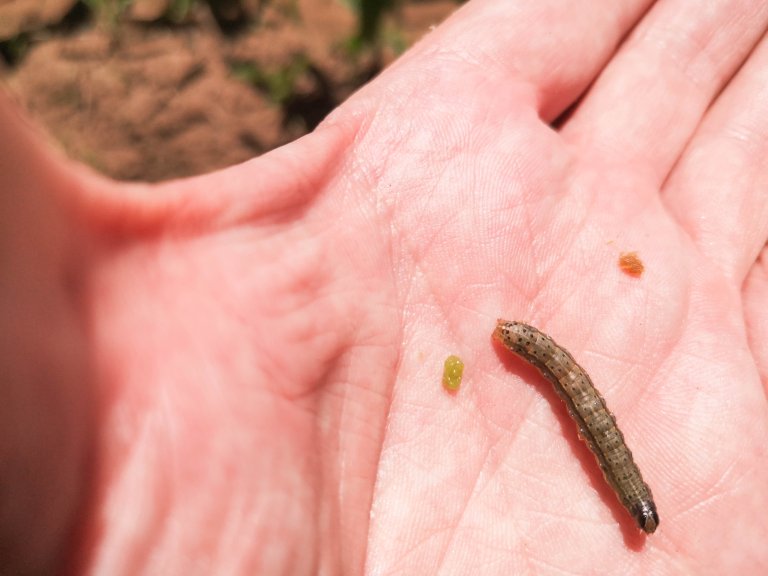
Hard work
If there is access to accurate weather data, then you can easily get started, Skog underlines.
"We are working on that in developing countries like Mali and Niger in cooperation with TAHMO – a local weather data provider as well as with the national meteorological services. We finance weather stations to be installed and the aim is to provide services that can mitigate the negative consequences Fall Armyworm attacks cause in those countries."
However, Skog says it can be hard making good models:
"Practical operational models can be hard to develop, but we are working on it. Data from areas with similar climates can be used. But in parts of Africa like in the Sahel where Mali and Niger are located, part time of the year is very dry, with biological effects similar to winter in Norway. This means that the problems with Fall Armyworm are seasonal. In other parts of Africa, however, Fall Armyworm is a continuous problem all year around."
20 years anniversary
This year VIPS celebrates 20 years as a web service in Norway.
"When it started back in 2001, I don’t think it was thought of as an application to use worldwide. But the demand came after a few years and it became part of international projects. In 2013 we rewrote everything from scratch as a modular, flexible system with an open source licence. It was a natural next step, but we had to convince everyone that this was strategically a good idea," Skog recalls.
Looking back now, he is happy they managed to push the ideas through, and that NIBIO saw the potential and gave them trust.
"Is has now been made part of many projects and increased our reputation also outside Norway. That we are appreciated by the United Nations, and used internationally make us very proud," Skog concludes.
Contacts
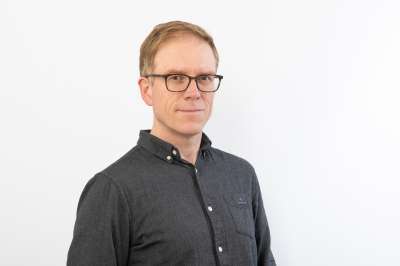
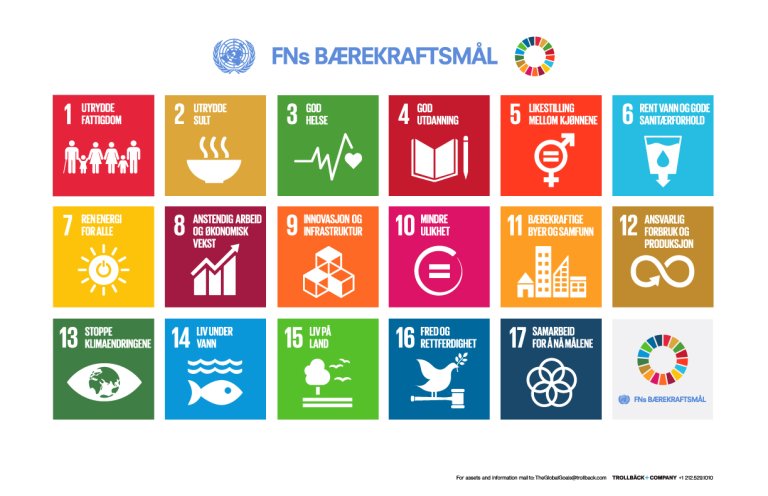
Facts about VIPS
VIPS is an Open Source technology platform for prognosis, monitoring and decision support in agriculture. Data from most online weather stations, public weather data networks and weather forecasts can be used, allowing pest and disease models to be tested and validated under local conditions, with multiple sources of input data. Observations of pests and diseases can be easily registered with smartphones and reported using online maps.
NIBIO aims to initiate international research collaboration to create new and improved tools for better implementation of integrated pest management. VIPS is made to accommodate for research, development and extension with easy customization for local developments and international use.
The Digital Public Goods Alliance
The Digital Public Goods Alliance is part of the response to the universal call to end poverty, protect the planet and improve the lives and prospects of everyone, everywhere. Below is an overview of milestones that got us to where we are today.
The DPGA is guided by the release of the UNSG Roadmap for Digital Cooperation, defining a digital public good as “Open source software, open data, open AI models, open standards and open content that adhere to privacy and other applicable international and domestic laws, standards and best practices, and do no harm.”
Guided by a clear mission to advocate for the discovery, use, and deployment of digital public goods, the DPGA establishes the foundational tools meant to help achieve their mission including the DPG Standard and DPG Registry.
The DPGA is governed by an Interim Strategy Group consisting of: The Government of Sierra Leone; The Government of Norway; iSPIRT; and UNICEF. Day to day functions are steered by the Secretariat of the Digital Public Goods Alliance, which is co-hosted by UNICEF and Norad.
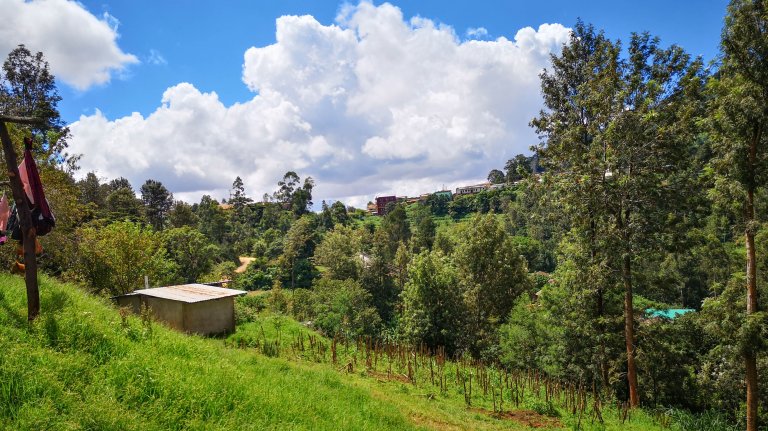

Contacts


